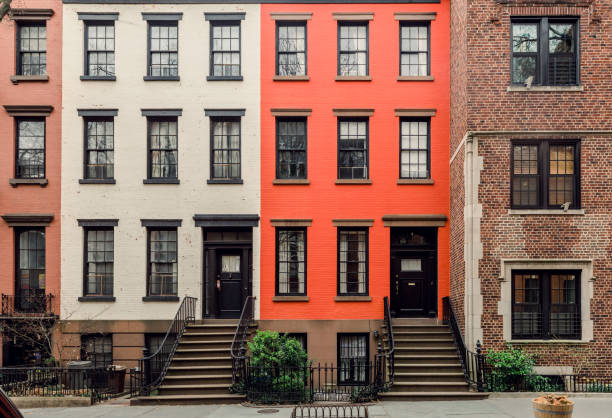By the Greater Astoria Historical Society
In conjunction with the Greater Astoria Historical Society, the Times/Ledger newspaper presents noteworthy events in the borough’s history
On July 20, 1917, the first train ran between 57th Street in Manhattan to Ditmars Boulevard in Queens. The trip over the bridge took eight minutes. It carried only city officials and Chamber of Commerce members and made no stops. Its progress was a triumph as both bridge pedestrians and track workers cheered as it made its way along the 20-minute trip.
The Queens Chamber of Commerce, which played an active role in the line, touted the success of the fifth link between Queens and the rest of New York City (the others were the Queensboro Bridge, the Pennsylvania Railroad, the Steinway subway tubes, and the Hell Gate Bridge). They recalled that when the project seemed stalled because of a lack of railroad ties, they dispatched an agent who found cars filled with ties outside of St Louis. It seemed the war effort had fouled the rail network. After straightening out the mess, the agent sent the train to New York.
On Monday, July 23, 1917 after riders were waiting nearly a decade for service, the line opened and immediately drew criticism from the community. The first train from Ditmars Boulevard unexpectedly stopped at Bridge Plaza where sleepy passengers were ordered off.
Staring in disbelief, they watched as the dispatcher sent the three cars clattering over the Queensboro Bridge – with no passengers! Returning from Queensboro Plaza, passengers got angry when they had to wait a half hour to get back to Ditmars. Later that evening, their woes increased then they discovered the Ditmars line, like the rest of the Second Avenue system, virtually shut down at midnight.
The following day, on Tuesday, the 24th, the first impressions of the new elevated line were in. Headlines were negative: “Astorians object vociferously to Bridge Plaza Station,” and “New ‘el’ service inadequate, crush at Plaza.” It seemed that the morning rush, spread over several hours, was not the true test for the system. The evening commute, between 5:30 p.m and 6:30 p.m., proved to be the busiest hour, and thousands descended on the elevated station.
The problem got worse when careless Manhattanites, used to having all Second Avenue locals to themselves as a Harlem-bound train, did not understand that it shared the same track with a new local, bound for Astoria. Thousands of bewildered commuters were milling around Bridge Plaza on the first day looking for service returning them back to Manhattan.
Adding to the confusion, a steady stream of Astorians poured out of subway cars from Hunters Point and Grand Central. Trains on the bridge from the Second Avenue ‘el’ were backed up, unable to even reach Bridge Plaza in the confusion. Extra guards were called on to physically shove the crowds into packed cars.
Reports from Grand Central Station, which was supposed to enjoy a drop in traffic, showed the subway platforms were as crowded as before.
For further information, contact the Greater Astoria Historical Society at 718-278-0700 or visit their website at www.astor






























